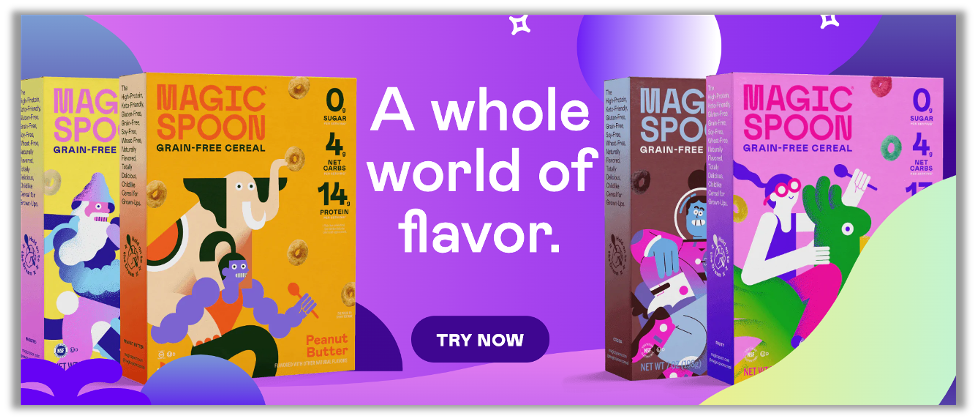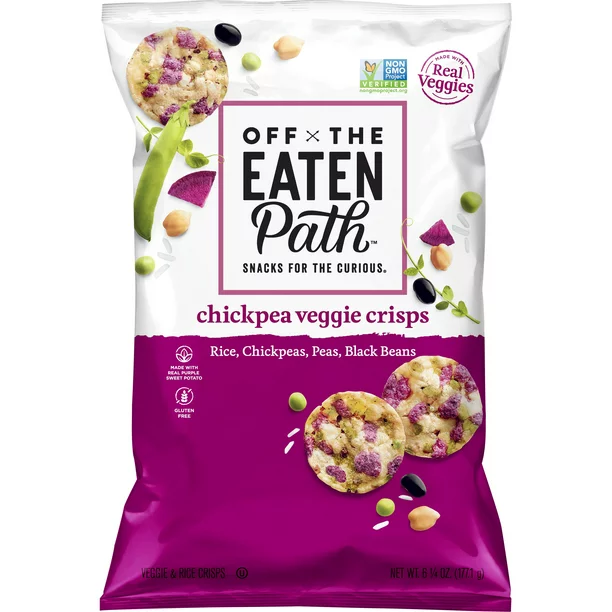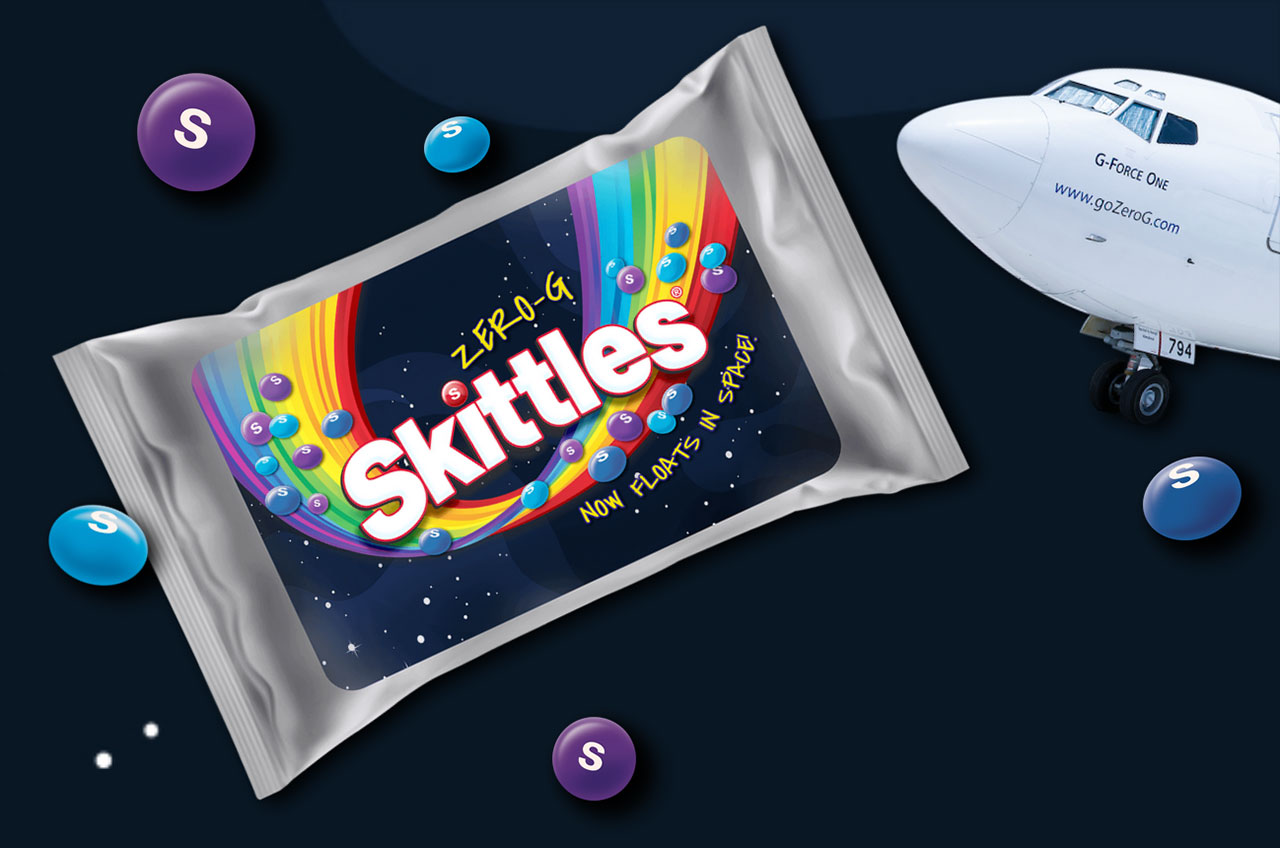This is the fourth installment in a series which unpacks the psychological profiles that explain consumer behavior. Specifically, the four drivers of behavior, and the five barriers that hinder consumer decision-making. These factors are based on a wealth of neuroscience knowledge from the world of academia, combined with over a decade of application in the brand-building world.
The ‘Exploratory’ driver is deeply ingrained with an experiential approach to navigating the world and making decisions: exploring to discover new experiences using all five senses. The word “experience” has become cliché in marketing circles, generally meaning everything and nothing all at the same time. After all, when someone talks about the need to elevate the “brand experience,” the honest response in most teams ranges from mild confusion to aggressive eye-rolling.
The nature of experience can be defined and, in many contexts, can be the difference-maker in positioning and activating a brand for success. At the core, the more scientific view of experience is about the pursuit of new discoveries, meaningful personal experiences, and sensory-based decisions based more on the feels than the facts.
In no category is this driver more easily observed than the food and beverage space. Global cuisines, unique cooking efforts at home, and the like are classic examples of this motivation at work. Food is one of life’s purest conduits to exploration and discovery, and many consumer trends reflect this pursuit.
The unlock in understanding here is that these behaviors are not about the food, or the drink, or the experience. They’re about the consumer. When we try new experiences, we discover new things about ourselves – and in this mindset, this personal exploration is the reward.
Most market research efforts in this domain will naturally focus on the experience itself – what people like, don’t like, aspire to and so on relative to a given category. But what’s easy to overlook is the deeper psychology at work between-the-ears, which is NOT about the product space. It’s about the introspective experience – it’s about the person.
There’s a great example of this from the archives of neuroscience: a story by famed neuroscientist Antonio Damasio about a subject he refers to as Elliott. The gist of the story is that Elliott suffered a brain injury that damaged his frontal lobe, rendering him essentially unable to experience emotion. As a result, Damasio observed that Elliott effectively became unable to make a decision – with a notable example being paralysis when trying to determine what to eat for breakfast.
Damasio summarizes the effect as “to know but not to feel.” While the scientific explanation is that Elliott was rendered unable to establish a somatic marker, the marketing implication is that without the benefit of emotion, category and brand decision making became impossible for Elliott.
So what? Because he was unable to imagine the experience of a given choice – such as what to eat – Elliott became unable to decide. Most are familiar with the everyday colloquialism in asking “what do you feel like for dinner?” No one asks “what result did your analysis of food item comparisons yield?” This rings true, as ‘the feels’ – the senses, emotions, system 1 – drive so much of our decision making.
This is the domain of the exploratory driver. To successfully serve this motivation, brands need to:
- Elevate the experience provided, using all 5 senses.
- Leverage product and promotions to let consumers explore and discover exciting new experiences.
- Focus on immersive exploration that leaves them something to discover for themselves, and make their own.
This driver is generally the territory teams pursue with ambitions of premium innovation. However, the true power of this human motivation is far beyond product bells and whistles. Even as many brands focus on the core, top selling products in their portfolio (vs. chasing lots of wild new product ideas), it’s just as much how you communicate, as what you actually talk about.
One of the most famed categories where this is relevant is breakfast cereal – perhaps center grocery’s most venerable, and yet sluggish categories. If one were to counsel an aspiring entrepreneur as to an unattractive category to enter, “RTEC” (ready to eat cereal) might top the list.
Yet, Magic Spoon entered the category, and drove meteoric growth – purely on the back of the exploratory driver.

Instead of focusing on all the whats of cereal, they celebrated a newfound why. The product itself is actually pretty interesting, and would’ve steered most teams to take a very rational approach to claims and activation – most notably, zero-grams sugar would have led the charge in most large CPG’s in terms of positioning and claims creation.
But Magic Spoon resisted the obvious, focusing instead on the emotional joy in cereal via exploration, discovery, and the fun and whimsy the category can empower the consumer to feel.
Sure, high protein and no sugar are great support points, but they weren’t what created the breakthrough value of this disruptive brand in hearts and minds.
Magic Spoon activated on their unique human understanding, using micro-influencers to espouse not just product features and benefits, but to celebrate the experience the brand embodies, and the new discoveries (or in many cases, re-discovery of a childhood favorite) the brand enables its consumers to enjoy.
This discovery and exploration is not limited to disruptive brands. Frito Lay has embraced the experiential driver in the form of its Off the Eaten Path brand. What’s most striking about this brand is the tagline, “Snacks for the curious.” This is the center bull’s-eye for a consumer driven by the exploratory mindset, promising a new discovery versus merely a tasty, satisfying snack.

Using these insights, brands and retailers can provide rich, premium experiences in a much more durable way, using four primary principles:
- Communicate via imagery (pictures and shapes rather than words).
- Focus on discovery and a bit of mystery – stop short of describing the experience in detail.
- Evoke positive memories (in this case, nostalgia for kid-like experiences).
- Elevate claims by focusing on the feels.
Principle 1: Pictures > words
As marketing strategists, we think a lot about words. But a consumer in this mindset – their brain, to be specific – attributes attention and creates meaning via images, not verbal communications. Translation: use pictures and video over words and numbers.
Principle 2: Leave something to the imagination
Remember, people in this mindset are seeking some discovery and adventure – so give it to them in your brand activation and programs. One of the great historical examples of this was 5 React chewing gum. Rather than trying to catch the wave of the next new flavor trend, the team simply left it to the consumer’s imagination, using very broad flavor profiles in the product, and prompting with, “What does it taste like to you…?”
Simply, the act of having to finish the story, and reflect on the experience, causes the brain in this experiential state to wallow happily in a flood of behavior-driving dopamine.
Principle 3: Tap collective memory structures
One of the most maligned on-ramps to consumer engagement is when a consumer reports that they used the category as a child, or their grandma introduced them, or they remember it from their first time living on their own, etc. While these may be accurate, they’re not actionable for marketers. How do we activate on “I used it as a child”?
What is actionable, however, is the concept of collective memory structures. The most notable example of late is the trend of 90’s nostalgia. By tapping the cultural collective memory structure of this decade, rich experiential facets are ripe for re-discovery.
Principle 4: Think about claims a whole new way
Most marketing claims are created in the purely rational, structure-function, neutered-by-the-legal-department domain. But through the lens of experience, claims can be re-imagined to not merely report factoids about the brand, but rather evoke a discovery-worthy experience.

Skittles continues to leverage this brilliantly, most recently with its Zero-G variant, and the claim of “Now floats in space!” Not only does this keep legal at bay, it evokes the multi-sensory, imaginative experience that actually underlies consumer motivation – and purchase decision-making.
Cover image source: Orlando Florin Rosu
